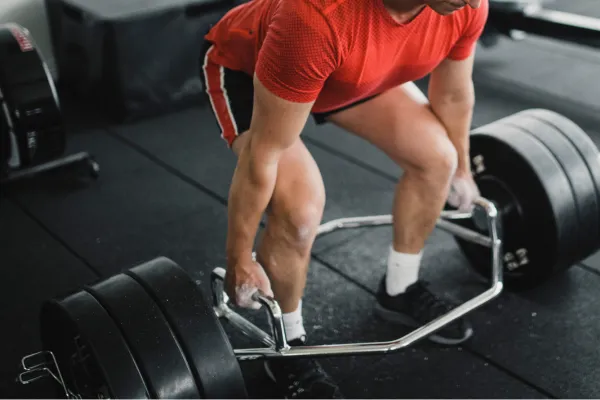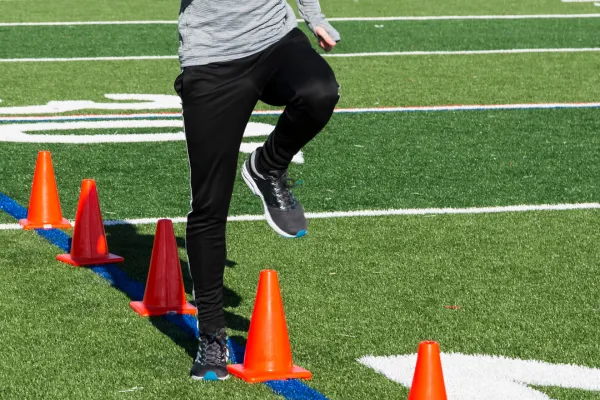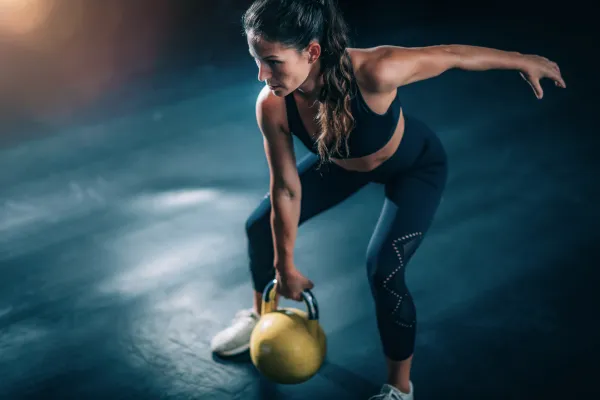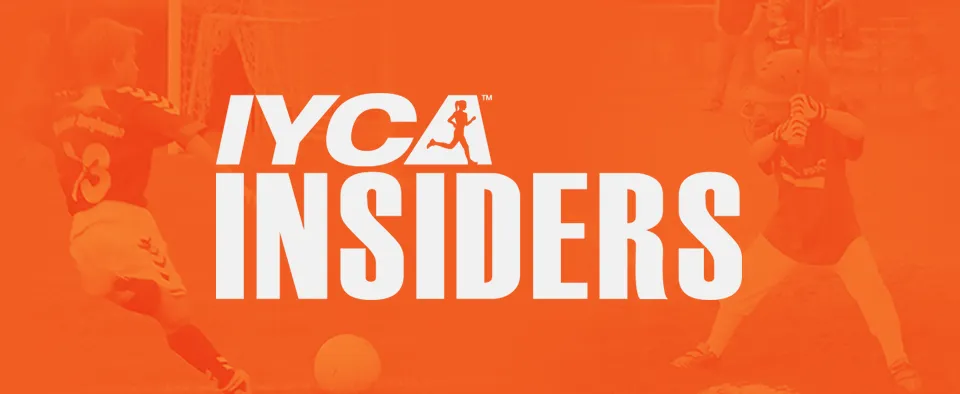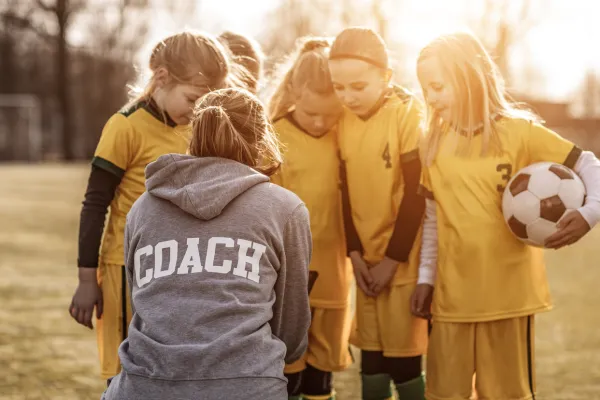
Why More Isn’t Always Better: Smarter Coaching Wins Every Time
When performance dips or skills aren’t sticking, many coaches fall back on a familiar fix: more practice. Add another session. Run more drills. Stay longer after training. While the intention is good, science, and experience, tells us that more isn’t always better.
The real key to athlete growth lies in developmentally appropriate, strategically timed, and intentionally planned training. That’s where Long-Term Athlete Development (LTAD) and the American Development Model (ADM) come in, two complementary frameworks that help coaches move from overworking athletes to developing them with wisdom.
The Problem with the “More is Better” Mindset
It’s easy to equate more effort with more progress. But youth athletes aren’t mini-adults—they’re growing bodies with developing brains, evolving emotional needs, and unique windows of trainability. Increasing practice volume without accounting for rest, recovery, and readiness can harm long-term development in serious ways.
Here’s what the research shows:
Burnout and Emotional Fatigue
Excessive training with insufficient recovery can lead to psychological burnout, especially when combined with high pressure and low autonomy. Burnout in youth athletes is linked to emotional exhaustion, reduced sense of accomplishment, and devaluation of the sport (Gustafsson et al., 2011).
Overuse Injuries
Youth athletes who train year-round in one sport or exceed recommended weekly hours face a higher risk of overuse injuries. A study by Jayanthi et al. (2015) found that young athletes who specialized early and trained more hours per week than their age were 70% more likely to experience serious overuse injuries.
Skill Plateaus
Motor learning and skill development require both repetition and variability—along with cognitive and physical rest. Overloading athletes with repetitive drills without mental recovery leads to diminishing returns (Ericsson et al., 1993). Additionally, the absence of deliberate rest and diverse experiences can limit creativity, problem-solving, and decision-making, especially in open-skill sports.
Loss of Joy and Motivation
When practice becomes a chore rather than a choice, intrinsic motivation drops. Youth athletes thrive on fun, variety, and challenge. According to Ryan & Deci’s Self-Determination Theory (2000), motivation flourishes when three needs are met: autonomy, competence, and relatedness. Overtraining often undermines all three.
Premature Sport Dropout
Perhaps the most serious consequence of the “more is better” mindset is that it pushes kids out of sports altogether. Research from the Aspen Institute’s Project Play (2022) shows that nearly 70% of kids quit organized sports by age 13, often due to burnout, overtraining, or a lack of enjoyment. The physical and emotional toll of overtraining is one of the most preventable reasons for sport dropout.
So, instead of asking “How much more can I squeeze in?”, the better question is:
“How can I make the time I have more effective?”
LTAD & ADM: Guiding Athletes with Purpose
Both the LTAD model (Balyi et al., 2013) leveraged by the International Youth Coaching Association and the ADM model, developed by the U.S. Olympic & Paralympic Committee and national sport governing bodies, advocate for age-appropriate, skill-focused, and long-term athlete development. These models emphasize physical literacy, multi-sport participation, and periodized planning over early specialization and volume-based training.
Periodization: Why Less Can Lead to More
Periodization is a principle-driven approach to structuring training in cycles of stress and recovery. It’s not just for elite athletes. Youth athletes benefit from carefully timed variations in intensity, skill focus, and rest (Issurin, 2010).
For youth coaches, effective periodization looks like:
Weekly (Microcycle): Balancing intensity with recovery days
Monthly (Mesocycle): Emphasizing specific capacities (speed, strength, coordination)
Seasonal (Macrocycle): Aligning off-season, pre-season, competition, and rest phases
This approach prevents burnout and enhances long-term skill acquisition and resilience. It's a WIN for everyone involved!
Recommended Weekly Practice Volumes by Age Group
Based on LTAD, ADM, and sport science research, here are general guidelines for optimal weekly training volumes across age groups for most youth sports:
Elementary (Ages 6–11)
LTAD: “FUNdamentals” / ADM: “Discover, Learn & Play”
Recommended Practice Time: 6–8 hours/week
Goal: Build movement literacy through games, play, and diverse activity
Coaching Strategy:
Short, fun sessions (45–60 min)
Rotate between sports and movement types
Keep skill drills playful and exploratory
Coaching Tip: Prioritize variety and enthusiasm over performance or perfection.
Middle School (Ages 12–14)
LTAD: “Learning to Train” / ADM: “Develop & Challenge”
Recommended Practice Time: 8–10 hours/week
Goal: Teach transferable sport skills, introduce structured training
Coaching Strategy:
Begin structured strength, speed, and coordination work
Allow space for cognitive, social, and emotional growth
Integrate game-based learning and competition
Coaching Tip: Teach athletes how to recover, reflect, and fail forward. Model emotional control and resilience.
High School (Ages 15–18)
LTAD: “Training to Compete” / ADM: “Train & Compete”
Recommended Practice Time: 10–14 hours/week
Goal: Sharpen sport-specific skills and introduce advanced strategies
Coaching Strategy:
Follow a periodized plan for strength, conditioning, and sport
Maintain balance with school and other stressors
Encourage self-regulation, leadership, and ownership of training
Coaching Tip: Don’t mistake volume for value. Avoid “grind culture” in favor of precision, rest, and purpose.
Coaching Within These Timeframes: 4 Smarter Strategies
Prioritize Intent Over Time
Don’t aim to fill 90 minutes. Ask: What’s essential today? One focused, high-quality rep beats 20 sloppy ones.Integrate Recovery and Education
Teach youth how to stretch, breathe, fuel, and sleep. These habits matter as much as any drill.Use Practice to Build People
Every practice is a chance to coach mindset, communication, decision-making, and character, not just technique.Partner With Parents and Peers
Foster a collaborative environment where everyone supports long-term growth, not just short-term wins.
Final Thought: Develop the Athlete, Not Just the Outcome
Athletes don’t get better because they do more; they improve when their training is appropriate, adaptive, and aligned with who they are today.
The best coaches aren’t the ones who squeeze in the most drills. They’re the ones who see the whole athlete, apply science with wisdom, and build a plan that honors development over domination.
Do less. Do it better. Create exceptional experiences.
Coach Julie Hatfield-Still

About the Author:
Julie is an Author, CEO and Coach. She is the Brand Executive at the IYCA, the President & Founder of the Non-Profit Beyond The Game Alliance where they offer a full suite of workshops and support for teams, coaches and parents. In addition to her work as a business consultant and coach of coaches, leaders and entrepreneurs.
Julie is a Speed Development Specialist and Inner-Game Coach at the college, high school and youth levels.
Visit Julie’s Author Page
References
Balyi, I., Way, R., & Higgs, C. (2013). Long-Term Athlete Development. Human Kinetics.
Issurin, V. B. (2010). New horizons for the methodology and physiology of training periodization. Sports Medicine, 40(3), 189–206. https://doi.org/10.2165/11319770-000000000-00000
Lloyd, R. S., et al. (2016). National Strength and Conditioning Association position statement on long-term athletic development. Journal of Strength and Conditioning Research, 30(6), 1491–1509. https://doi.org/10.1519/JSC.0000000000001387
U.S. Olympic & Paralympic Committee (n.d.). American Development Model (ADM). Retrieved from https://www.teamusa.org/ADM
THE SPORT COACHING CODE: TAKE THE QUIZ TODAY




